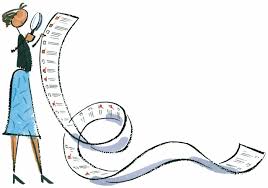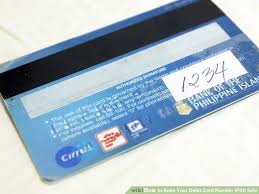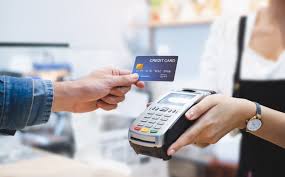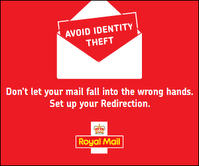Using a credit/debit card and contactless payments: How to protect yourself
- Learning for Life and Work

- Jun 6, 2020
- 2 min read
Updated: May 15
Identity theft happens when criminals deliberately set out to gather and collect someone else's information such as their name, date of birth, address where they live. This information can be found on documents often thrown into the bin or if that person's online account has been hacked.
After identity theft happens, the thief/criminal usually goes on to commit identity fraud. Identity fraud is the deliberate use of someone else's identity to commit a financial crime by buying goods/services, pretending to be someone else, using their card/bank details.
In today's digital world, it's important to know how to protect yourself against identity theft and fraud, especially when using credit/debit cards and contactless payment methods.
Here are strategies to help protect you against identity theft and fraud while paying with a card:
1. Use a Credit Card
Using a credit card can offer greater protection compared to a debit card. Many credit cards come with built-in fraud protection features that can help you if something goes wrong.
2. Shred Personal Documents
Shred any documents that contain personal information, such as your name and/or address and/or bank account details and/or credit card details. This prevents thieves from getting hold of your details.
3. Monitor Your Accounts
Regularly check your bank statements and online accounts for any suspicious activity. If you notice anything unusual, contact your bank immediately.
4. Report Lost or Stolen Cards
If you lose your card or it gets stolen, notify your bank right away. They can block the card to prevent any unauthorised transactions.
5. Cover Your PIN
When entering your PIN at an ATM or a payment terminal, always cover the keypad with your hand. This simple step can prevent others from seeing your PIN.
6. Secure Your Wi-Fi
Before entering any payment details online, make sure your Wi-Fi connection is secure. Avoid using public Wi-Fi for transactions, as these networks can be less secure.
7. Do not share your card
When paying for something in a shop/restaurant make sure that the assistant DOES NOT take your card to the paying machine. They may copy the card or take money out of your account without you looking.
8. Secure Your Mail
If you move house, inform your bank and set up mail forwarding with Royal Mail for at least a year. This ensures that your sensitive information doesn't fall into the wrong hands.
QUESTIONS YOU COULD BE ASKED:
Write down one strategy to protect yourself from identity theft when using a credit card. (1mark)
Monitor your account
Explain two ways a consumer may protect against fraud when using contactless card payments. (4marks)
They can also report lost or stolen cards immediately to their bank to block the card and prevent any unauthorised use. (2 marks)
They can protect against fraud by regularly checking their bank statements or app to spot any unusual or unauthorised transactions. (2 marks)
You should also read:








Comments